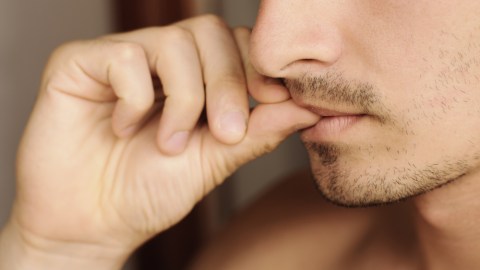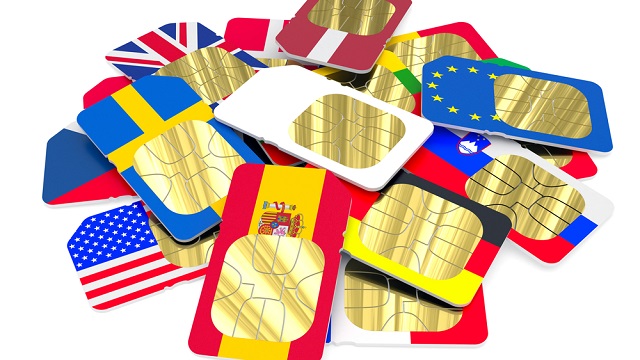Understanding the Cues and Rewards of Habit

So there is a woman, named Wendy Wood, who did a study when she was at Duke. And she followed around college students to try to figure out how much of their day was decision-making versus how much was habit. And what she found was that about 45 percent of all the behaviors that someone did in a day was habit; it wasn’t decision-making.
And this gets to sort of the way that habits work, which is that there’s this thing called the “habit loop.” And this is in our neurology of how a habit emerges, which is, there’s three parts to it: there’s first a cue, which is a trigger for behavior and then the behavior itself, which we usually refer to as a routine or scientists refer to it as a routine, and then there’s the reward. And the reward is actually why the habit happens in the first place, it’s how your brain sort of decides, should I remember this pattern for the future or not.
And the cue and the reward become neurologically intertwined until a sense of craving emerges that drives your behavior. And this actually explains so much of our lives. And not only, like, our lives, but also how companies function.
If you take this framework and sort of apply it and look at the behaviors that you do, for instance, backing your car out of a driveway or why you suddenly feel hungry when you see a donut box on the counter at work, but you weren’t hungry five minutes earlier. Or why companies function in certain ways, why these dysfunctions emerge within a corporation. You can find these cues and rewards that kind of explain the behaviors. So, it’s enormously important.
In Their Own Words is recorded in Big Think’s studio.
Image courtesy of Shutterstock




